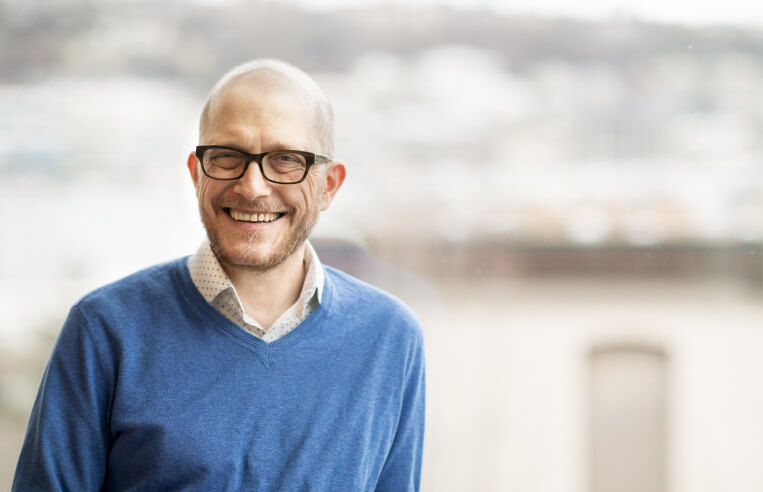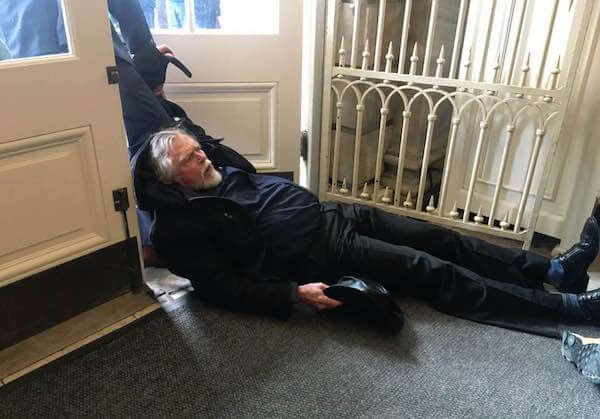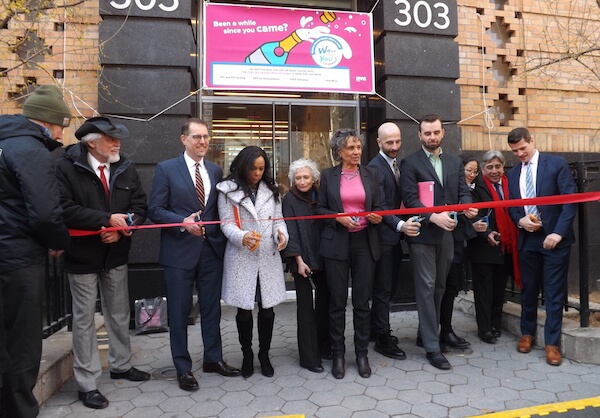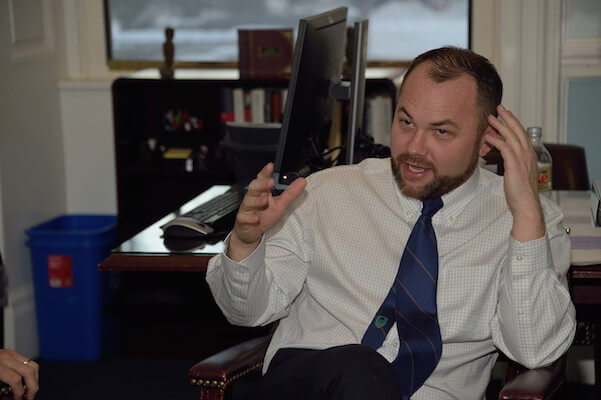As cases of coronavirus infection have proliferated across the United States — and made particular inroads in Greater New York — health officials have emphasized generally that seniors and those with chronic health conditions are most at risk.
But what specifically are the implications for people living with HIV?
That question is more complex than simply assessing whether HIV alone is a risk factor compounding a coronavirus infection. There is, however, one key factor related to HIV, according to Dr. Steve Pergam, who works in the Vaccine and Infectious Disease Division at the Fred Hutchinson Cancer Research Center in Seattle.
“It’s all based on level of immune suppression,” Pergam said in a written statement provided to Gay City News by Gay Men’s Health Crisis (GMHC). “For an HIV patient who is on stable antiretroviral therapy and has a normal CD4 count, their risk may be slightly increased. People often lump HIV patients with other immunosuppressed patients, but HIV is a different disease than it was years ago. For people who have a reconstituted immune system because of treatment, I think the risk is not going to be tremendously different” than for those who are HIV-negative.”
Some doctors are acknowledging the limits of their knowledge in the face of the sudden emergence of the coronavirus, which has left them with little time or data to study its impact on different populations. Dr. Sima Toussi, a pediatric infectious disease specialist who serves as the medical director at Amida Care, told Gay City News in a phone interview March 9 that the virus’ impact on individuals living with HIV is not definitive, though she echoed some of the same points conveyed by Pergam.
“People who are not [virally] suppressed might be higher risk for getting sick,” she said.
And although older folks are more vulnerable to getting sick, that risk depends on just how old they are. The fatality rate for individuals between the ages of 70 and 79 is eight percent, according to Toussi, but that number shoots up to 14 percent for individuals between ages 80 and 89.
According to the federal Centers for Disease Control and Prevention, nearly half — 47 percent — of Americans living with HIV were above the age of 50 by 2015, and 16 percent of those folks were 65 years of age or older.
“The prevailing guidance indicates that older people, those with other health conditions, and people with compromised immune systems have a higher probability of severe illness,” GMHC CEO Kelsey Louie said in a written statement. “This includes people living with HIV, particularly those with low CD4 counts.”
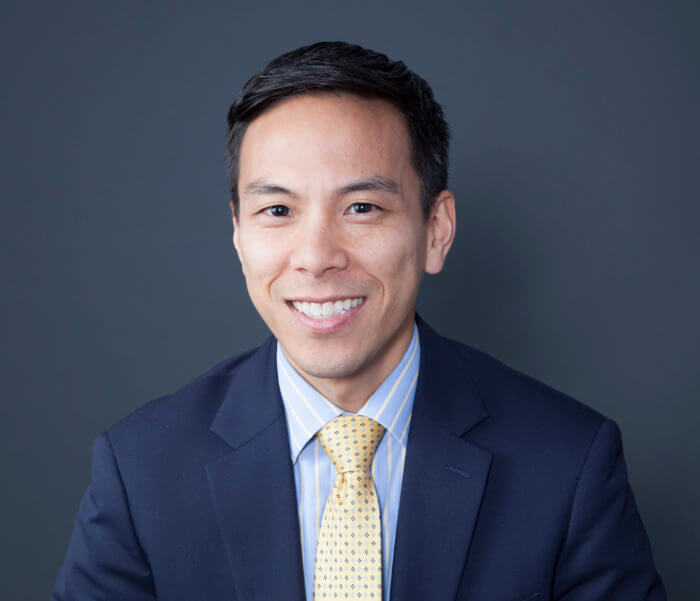
Louie noted that GMHC’s staff members are available to connect clients and others to medical care if necessary.
As of March 10, officials tallied 173 coronavirus cases in the State of New York, according to Governor Andrew Cuomo, who announced that 108 cases emerged in Westchester County, 36 in New York City, 19 in Nassau County, six in Rockland County, two in Saratoga County, and one apiece in Suffolk and Ulster Counties. The New York City Department of Health, which has been scrambling to keep city residents informed on the latest developments surrounding the coronavirus, did not return requests seeking comment.
As the coronavirus spreads across the nation, the Trump administration is dangerously mismanaging and downplaying the crisis while bungling efforts to roll out testing. Even worse, Vice President Mike Pence — who mishandled an HIV surge in rural Indiana during his time as governor — has been tapped to oversee the government’s response to the coronavirus.
The administration’s reckless response was on full display as recently as March 9 when Trump tweeted, “The Fake News Media and their partner, the Democrat party, is doing everything within its semi-considerable power (it used to be greater!) to inflame the CoronaVirus situation, far beyond what the facts would warrant.” He also blamed the recent volatility of the stock market on “FAKE NEWS!” and pointed out that tens of thousands of Americans die each year from the flu. Even as universities and businesses are rapidly transitioning to remote operations to avoid large gatherings, Trump tweeted, “Nothing is shut down, life & the economy go on.”
At the state level, Cuomo has been the subject of some criticism, as well. In response to his announcement that inmates, who typically make less than $1 per hour at the prison-based company Corcraft, have been tasked with making hand sanitizer for New Yorkers in response to shortages of the product, the Legal Aid Society termed the practice “nothing less than slave labor.”
VOCAL-NY was among other groups that also blasted the governor.
“We are disgusted at Governor Cuomo’s decision to exploit prison labor to push back the imminent public health crisis presented by COVID-19 while doing absolutely nothing for incarcerated people across the state,” VOCAL-NY and a slate of other organizations noted in a joint written statement. “We demand Governor Cuomo use his clemency power to release incarcerated New Yorkers who are particularly vulnerable to the coronavirus, including older people, pregnant women, people with serious illnesses and compromised immune systems.”
In a particularly odd departure during a March 10 WAMC radio interview in Albany, the governor appeared to make light of the crisis by taking on his 2018 Democratic primary opponent. “What if we had Governor Cynthia Nixon today?,” he asked before laughing.

